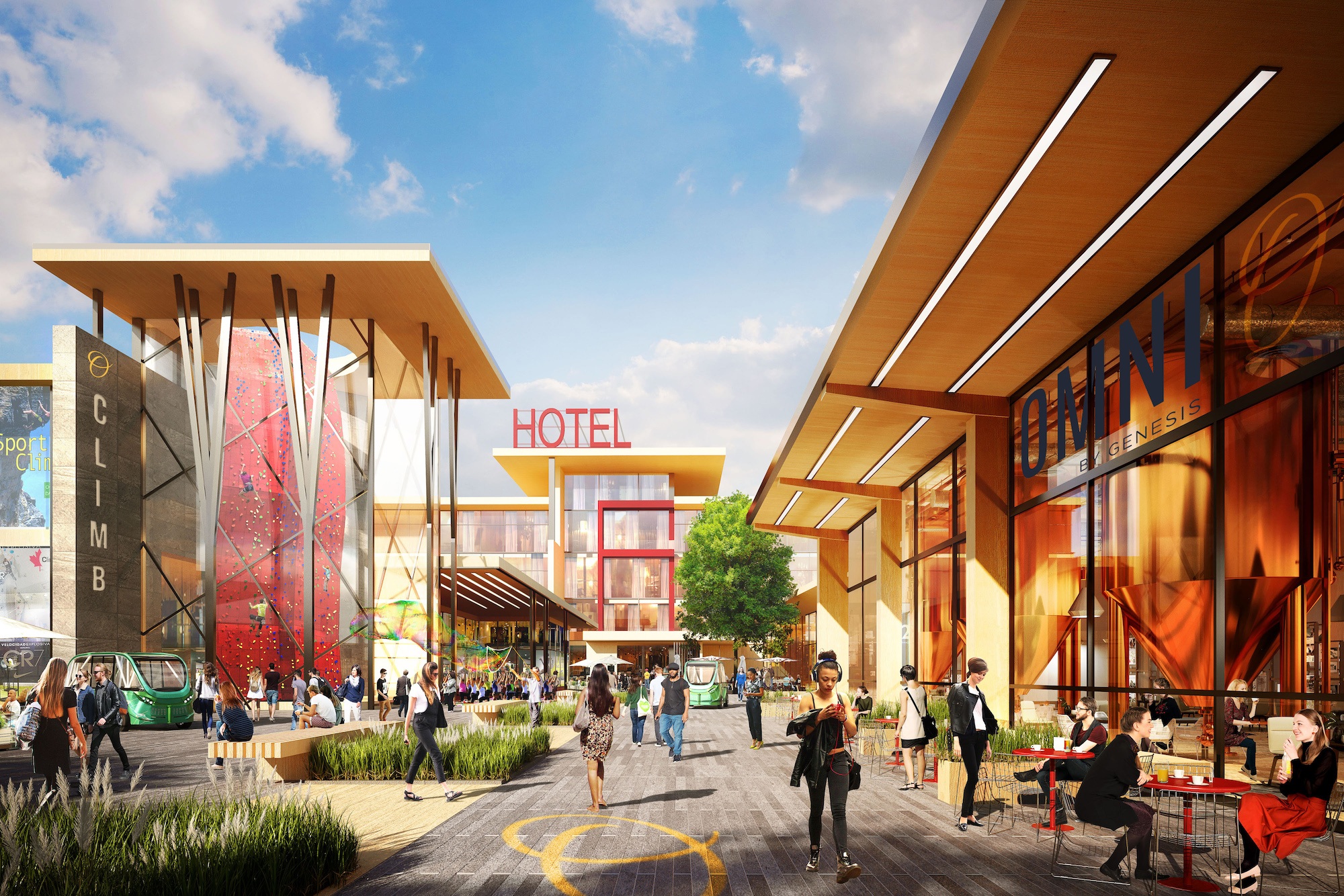
https://www.chrisfalk.com/the-benefits-of-mixed-use-developments/
What are mixed-use developments?
Mixed-use developments integrate residential, commercial and industrial real estate into a single, compact site. Here, residents can walk to work, markets, restaurants and entertainment. Mixed-use developments saw their heyday in the U.S. prior to World War II. But then, along came America’s love affair with the automobile and larger, affordable housing in the suburbs.
The automotive industry enjoyed an explosion in sales and production following World War II. With this boom came widespread urban sprawl. Long, comfortable highway commutes to the office in the privacy of your own Ford Fairlane 500 became a reality for many. Indeed, there were countless numbers who traded their small inner-city dwellings for larger, affordable housing further from the office.
![]()
Now, spurred on by population increases and congested roads, some Americans are reversing the nearly century-long trend of settling in suburban neighborhoods far away from the workplace. Some are choosing to move back into inner-city dwellings. Mixed-use developments have seen a steady resurgence since the 1990s, and these modern versions are providing a myriad of benefits—for residents, employers and employees alike.
Benefits of mixed-use developments
- For residents, the close proximity to shops, restaurants, or even their workplace, promotes walking or biking instead of driving. A 2018 study illustrated just how much these developments promote alternative forms of getting around. The study found that residents in well-designed mixed-use developments drive half as much as those in outlying areas.
- Residents in mixed-use developments enjoy more affordable housing than their suburban counterparts. This is because the housing available is often smaller than in the suburbs.
- Developers can relax knowing the inherent monetary risks are spread out over several markets. If the residential market softens during the development of a mixed-use property, the commercial or industrial markets can buoy the project until the demand for housing returns.
- Employers benefit from the synergy of the various uses. Employees can eat at the nearby restaurants and business travelers can stay in hotels adjacent to the office space. Proximity to recreational activities or gyms can help keep employees healthy, happy and productive.
- Even local governments can benefit from mixed-use developments. Studies show that mixed-use developments provide significantly higher returns to local governments through property and sales taxes.
Benefits many; disadvantages few
Are there disadvantages to mixed-use developments? Like anything, great benefits don’t come without challenges. Mixed-use properties can be more difficult to build because financiers need to evaluate the uses separately. Zoning and building permits can be tricky, depending on the location. And the marketing for residential, commercial and industrial options can be more difficult than a single-use project for the developer.
But it’s easy to see the beneficial aspects of mixed-use developments. Employee-residents save time and stress on long commutes. Don’t forget that long commutes can have detrimental effects on employees. Local governments see higher returns from property and sales taxes in these neighborhoods. And developers disperse risk across several markets when building a mixed-use project.

 Facebook
Facebook
 X
X
 Pinterest
Pinterest
 Copy Link
Copy Link
